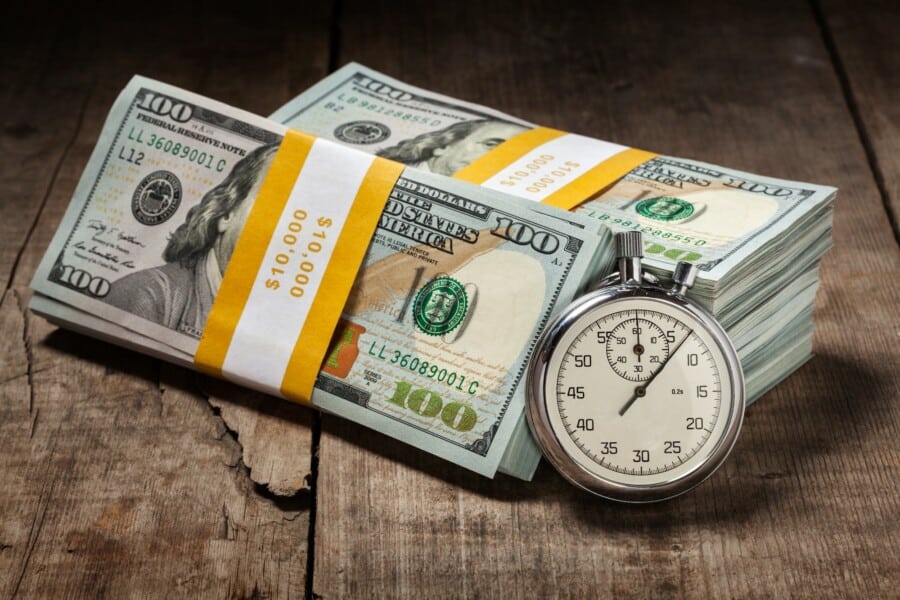
Today, the US dollar is clearly the world’s best-known currency.
At the last estimate, there are 1.5 trillion of them in circulation, and it is perhaps the only currency accepted even in the remotest corners of the globe. But the beginnings were much more modest.
In North America in the 18th century, there were many forms of currency in circulation, from the English pound to the peso used in the Spanish colonies, and the leeuwendaaler, or ‘lion’s dollar’, widely accepted in the Dutch dominions.
By the second half of the century, the Dutch dollar had fallen out of use, but its name lived on, as the peso was then referred to as another Spanish dollar.
The situation was further complicated by the American Revolutionary War. The 13 rebellious colonies needed their own money to finance the war, but each took advantage of the sudden freedom to issue its own banknotes, while Congress introduced its own currency, known as ‘continental money’.
However, the chaos and economic difficulties of the war meant that by 1778 this currency was worth only half its face value on the market, and by 1781 it was practically out of use, has become so devalued.
Following the crash, Congress decided in 1785 to create a new currency, the US dollar. The name was therefore simply taken from the earlier – distorted – Dutch term, but the famous dollar sign was not an original idea either, probably a coinage of the peso’s abbreviation ‘ps’, at which time a crossed-out S was added to the crossed-out S for Spanish dollar.
Borrowed idea
The real date of the birth of the US dollar, however, is not 1785, but 1792: 225 years ago, on 2 April, Congress passed the Mint Act, which provided for the establishment of the United States Mint and the production and circulation of money identical in form, value and precious metal content to the Spanish dollar.
Borrowed idea
The real date of the birth of the US dollar, however, is not 1785, but 1792: 225 years ago, on 2 April, Congress passed the Mint Act, which provided for the establishment of the United States Mint and the production and circulation of money identical in form, value and precious metal content to the Spanish dollar.
In a break with European coins depicting the portraits of monarchs, the coins were decorated with figures from Greek and Roman mythology and stylized Native American figures. Learning from earlier mistakes, US lawmakers centralized the minting of coins, prohibiting individual states from creating their own currency.
The new money helped stabilize the now independent United States economy, but it was only because of its role in the so-called Bretton Woods system, which was established in July 1944, that it became the world’s number one reserve currency – when the value of traditionally strong European currencies had to be devalued as economies were hit by the burden of war.
To summarise the 4 most important facts about the US official currency:





